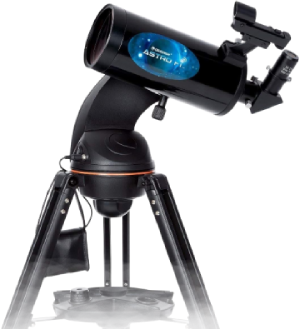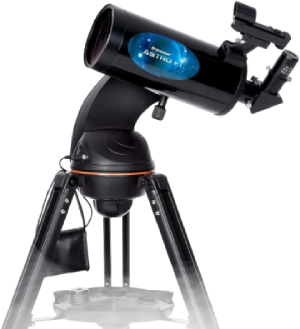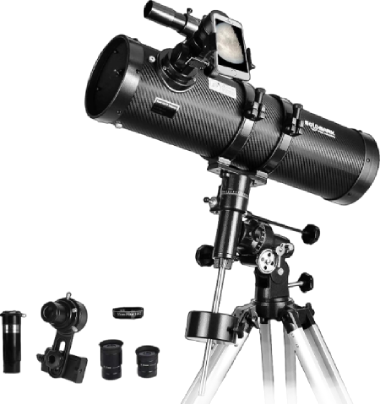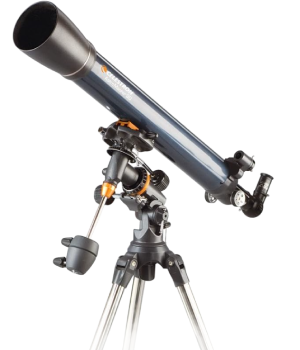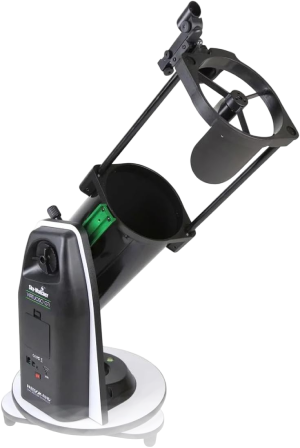If you’ve ever looked up at the night sky and wished for a closer look at the craters of the Moon, the rings of Saturn, or the Galilean moons of Jupiter, the Celestron Astro Fi 102 might be the perfect starting point. Designed for amateur astronomers and tech-savvy beginners, this smart telescope combines user-friendly features with reliable optics to open up the universe to anyone with a smartphone.
Why Choose the Celestron Astro Fi 102?
Objective Lens Diameter : 102 Millimeters
Power Source : Adapter
Optical Tube Length : 381 Millimeters
Control your telescope via integrated WiFi using the free Celestron Sky Portal app for iPhone, iPad, and Android devicesSee On Amazon
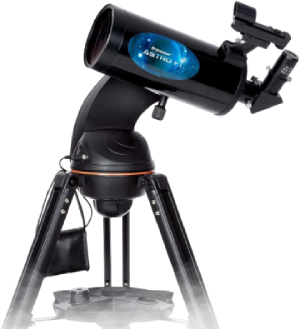
The Celestron Astro Fi 102 is a 102mm Maksutov-Cassegrain telescope equipped with a fully computerized mount. It’s ideal for backyard stargazing, casual astrophotography, and educational purposes. Whether you’re a parent introducing astronomy to a curious child, a student passionate about science, or a complete beginner seeking a hands-free stargazing experience—this telescope is made with you in mind.
Product Features: What Makes the Astro Fi 102 Special?
Here are the key things to consider when choosing a beginner-friendly telescope like the Celestron Astro Fi 102:
Optical Design: Maksutov-Cassegrain
The Astro Fi 102 uses a Maksutov-Cassegrain design, which delivers sharp, high-contrast images in a compact form. With a focal length of 1325mm and focal ratio of f/13, it's great for observing:- The Moon in high detail
- The rings of Saturn
- Jupiter’s cloud bands and moons
- Bright deep-sky objects like the Orion Nebula or the Pleiades
Smartphone-Controlled Mount (No Hand Controller Needed)
No need to fumble with knobs or memorize star charts—the Astro Fi 102 can be controlled via the free SkyPortal app on your iOS or Android device. Simply connect via Wi-Fi (no internet required), and tap to align and point to any object in the sky.SkyAlign Technology for Easy Setup
Worried about aligning your telescope? The SkyAlign system makes setup effortless. Just point to any three bright objects, and the telescope automatically determines its position. Even if you don't know what you’re looking at, the telescope will know.Mount and Tripod: Stability and Portability
It comes with a sturdy, steel tripod and single-arm motorized mount, which are compact enough for travel but strong enough to reduce vibrations during use.Budget Considerations
Priced in the mid-range category, the Astro Fi 102 offers a great value for features like wireless control, computerized tracking, and premium optics. It’s more affordable than many GoTo telescopes in its class, especially considering its portability and performance.Should You Buy the Celestron Astro Fi 102?
If you're a beginner looking for a smart, compact, and easy-to-use telescope, the Celestron Astro Fi 102 is an excellent choice. With its wireless controls, hassle-free alignment, and reliable optics, it removes the frustration often associated with starting astronomy as a hobby.
Whether you're observing the Moon, tracking Saturn’s rings, or hosting a family star party, this telescope brings the cosmos to your fingertips.
Related Read
Is a Smartphone Adapter for Telescopes Really Worth It? A Practical Buying Guide for Stargazers
Whether you're observing the Moon, tracking Saturn’s rings, or hosting a family star party, this telescope brings the cosmos to your fingertips.
Ready to explore the universe?
Check the latest price for the Celestron Astro Fi 102 hereSee what others are saying and get started on your cosmic journey today!
